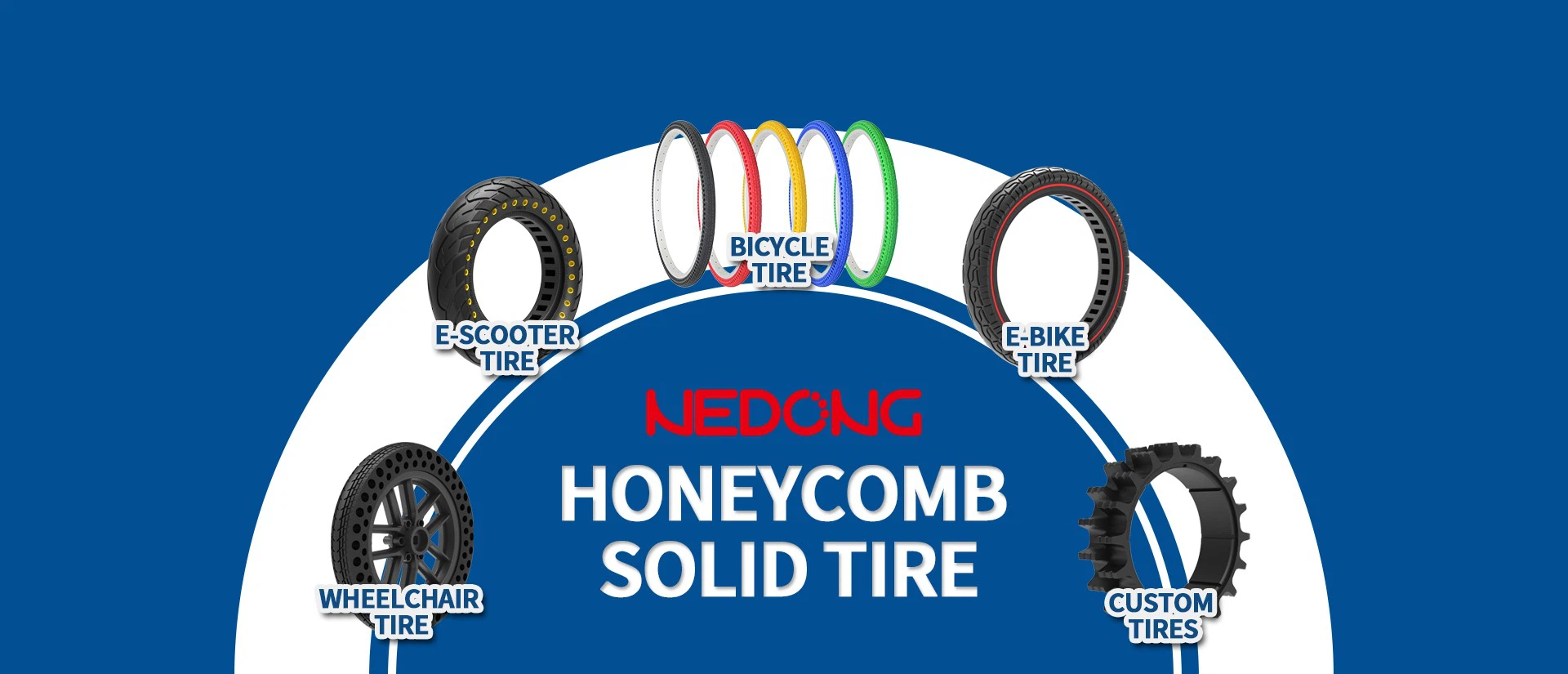In previous articles, we've explored the potential slippage issues of PU tires on wet roads and their hydrolysis in humid environments. Now, we'll explore their final, unavoidable fate in any environment: the erosion of time, which ultimately leads to aging and brittleness.
Before delving into this safety hazard, let's review the complete characteristics of PU tires one last time:
Advantages and Disadvantages of Polyurethane (PU) Tires
advantage:
No inflation required, puncture-proof: Solid design, no risk of blowout or air leakage.
Low maintenance: No need to check tire pressure, eliminating the daily hassle of daily maintenance.
High load-bearing capacity and wear resistance: The material is strong and resistant to initial wear.
shortcoming:
Not anti-slip: The material is hard and the surface is slippery, so the grip on wet roads is poor.
Not resistant to hydrolysis: It will decompose, become soft and sticky in a humid environment.
Aging and brittleness (focus of this article): Under the influence of sunlight and air, it will harden and crack, eventually losing its elasticity and may break, seriously affecting comfort and safety.
Today, we focus on the fatal flaw that makes sturdy tires "break easily": aging and brittleness.
Hypothetical event: "Breakable at the touch" in the sun
Imagine a wheelchair user who takes good care of his wheelchair and often goes outdoors in fine weather . His wheelchair has been used for about two years, and the tires appear to be in good condition, though they are a little duller and yellower than when they were new.
One sunny afternoon, while wheeling his wheelchair over a slightly undulating stretch of road in a park, he felt an unusual jolt. He stopped to inspect the wheel and was horrified to discover a distinct crack in the rear tire tread. Crumbs of tire material, like weathered biscuits, had fallen from the edges. He tentatively pinched the tire material near the crack; it felt stiff and inflexible. With a little more pressure, more fragments peeled off.
The tire that once seemed sturdy was now so fragile. He instantly realized that if he had just passed the bump at a slightly faster speed, the entire tire would likely have shattered on the spot, causing the wheelchair to lose balance and flip over, with disastrous consequences.
Why do PU tires become brittle?
Behind this dangerous scene is the natural aging process that PU materials cannot resist:
Ultraviolet (UV) attack: Sunlight is the number one killer of polymer materials. Under long-term UV exposure, the internal chemical molecular chains of PU materials will break, fundamentally destroying the toughness of the material.
Oxidation: Oxygen and ozone in the air will continuously react chemically with the PU material, destroying its molecular structure and gradually making it hard and brittle.
The end result of this process is a complete loss of tire elasticity, a surface riddled with tiny cracks, and ultimately a brittle, unwelcome experience. The tire is now not only a bumpy and uncomfortable ride, but also a ticking time bomb poised to shatter completely on impact.
How to resist the erosion of time? TPE tires are a better choice
So, how can we avoid the safety hazards caused by aging from the root? The answer lies in choosing a tire that has excellent anti-aging performance.
Let's return to that hypothetical scenario. If the user's wheelchair had originally been equipped with TPE (thermoplastic elastomer) tires, then after two years of use, even with the same amount of sun exposure and outdoor activities, the situation would be completely different. When he inspected the tires, he would find that the tire surface still maintained good flexibility and elasticity, the color was stable, and there were no visible cracks or brittleness. This is because:
TPE materials can be formulated with highly effective UV inhibitors and antioxidants. These additives form a protective layer that effectively resists the erosion of sunlight and air, significantly delaying the aging process and ensuring that the tire maintains stable and flexible physical properties throughout its service life.
Choosing TPE tires means choosing durability and safety that will stand the test of time. Users no longer need to worry about tires becoming brittle due to daily use, and the sudden danger of material aging and fracture is fundamentally eliminated.
Final verdict: Make smart choices for safety, durability, and comfort
This concludes our analysis of the three core flaws of PU tires. Their lack of slip resistance, poor hydrolysis resistance, and brittleness due to aging create a complex cycle of safety hazards that cannot be ignored. The so-called "convenience" of PU tires comes at a significant cost in safety, durability, and comfort, making them an outdated option fraught with potential risks.
In contrast, TPE tires fundamentally solve all the pain points of PU tires with their excellent anti-slip properties, outstanding hydrolysis and aging resistance, and better shock absorption and comfort.
Therefore, for the long-term safety of users, a reliable travel experience and a comfortable ride, choosing TPE tires with comprehensive performance that surpasses all others is the wisest and most responsible decision at present.
